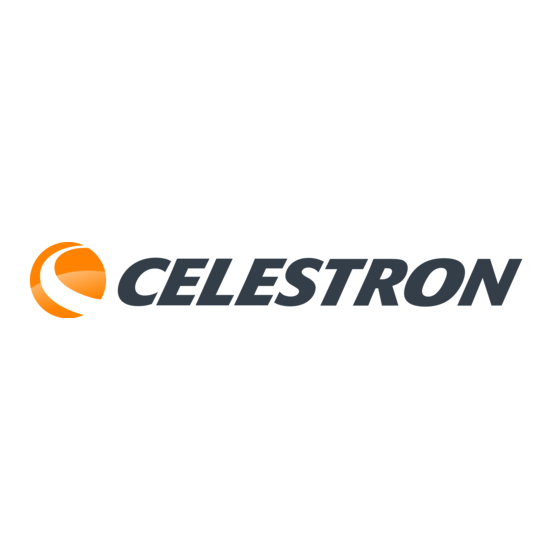Advertisement
Table of Contents
- 1 Telescope Assembly
- 2 Attaching the Optical Tube
- 3 Balancing the Telescope
- 4 Attaching the Accessories
- 5 Aligning the Finderscope
- 6 Telescope Basics
- 7 Polar Alignment
- 8 Aligning the R.A. Setting Circle
- 9 Telescope Maintenance
- 10 Technical Specifications
- 11 Optional Accessories
- 12 Celestron Two Year Warranty
- Download this manual
Advertisement
Table of Contents


















Need help?
Do you have a question about the 1510 and is the answer not in the manual?
Questions and answers